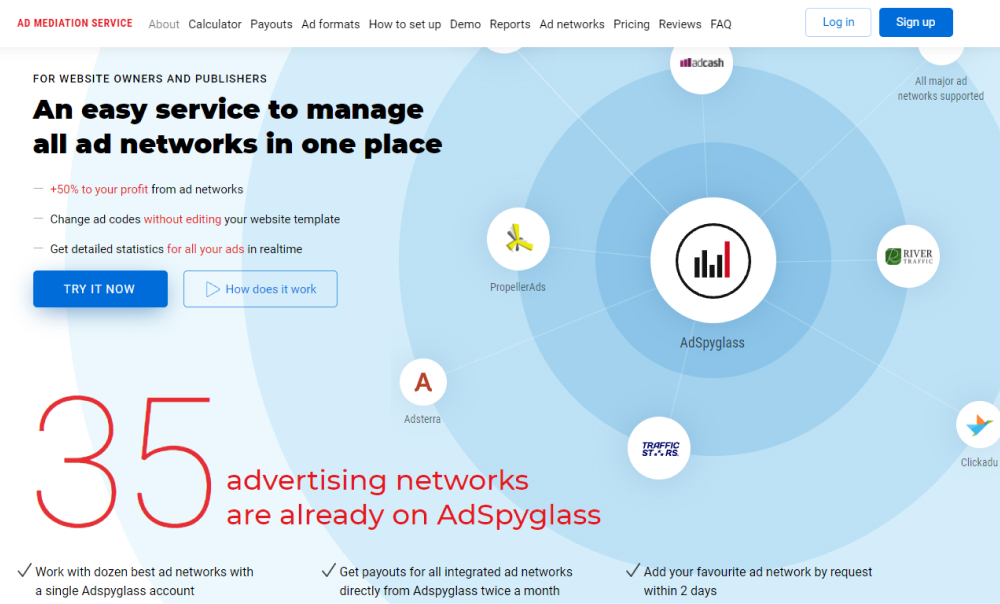AJAX stands for Asynchronous JavaScript And XML and is not an individual programming language but a set of web development techniques for building user interfaces that load data from a web server and update the page without reloading the page.
A user interacts with a web page, the HTTP request is created and sent to the server. The server processes the request and sends an HTML to the user. Usually, the user can’t interact with the page while it’s happening. With AJAX, they can.
For example, when you type a search request in Google, it gives you suggestions. Suggestions are the change on the page but the page does not reload to show these changes like it normally should. It is because AJAX is working. It is not the whole page that is being reloaded but just a small part of it. The action goes unnoticed by the user
Its main purpose is to create faster and more interactive web pages. Such website features as notifications, online forms, polls, button clicking, and comments are available thanks to AJAX.
However, AJAX has some disadvantages as:
- no support from some browsers
- endangered security and user privacy
- bookmarks and browser history open pages without changes made by the user
- search engines can not crawl AJAX pages
